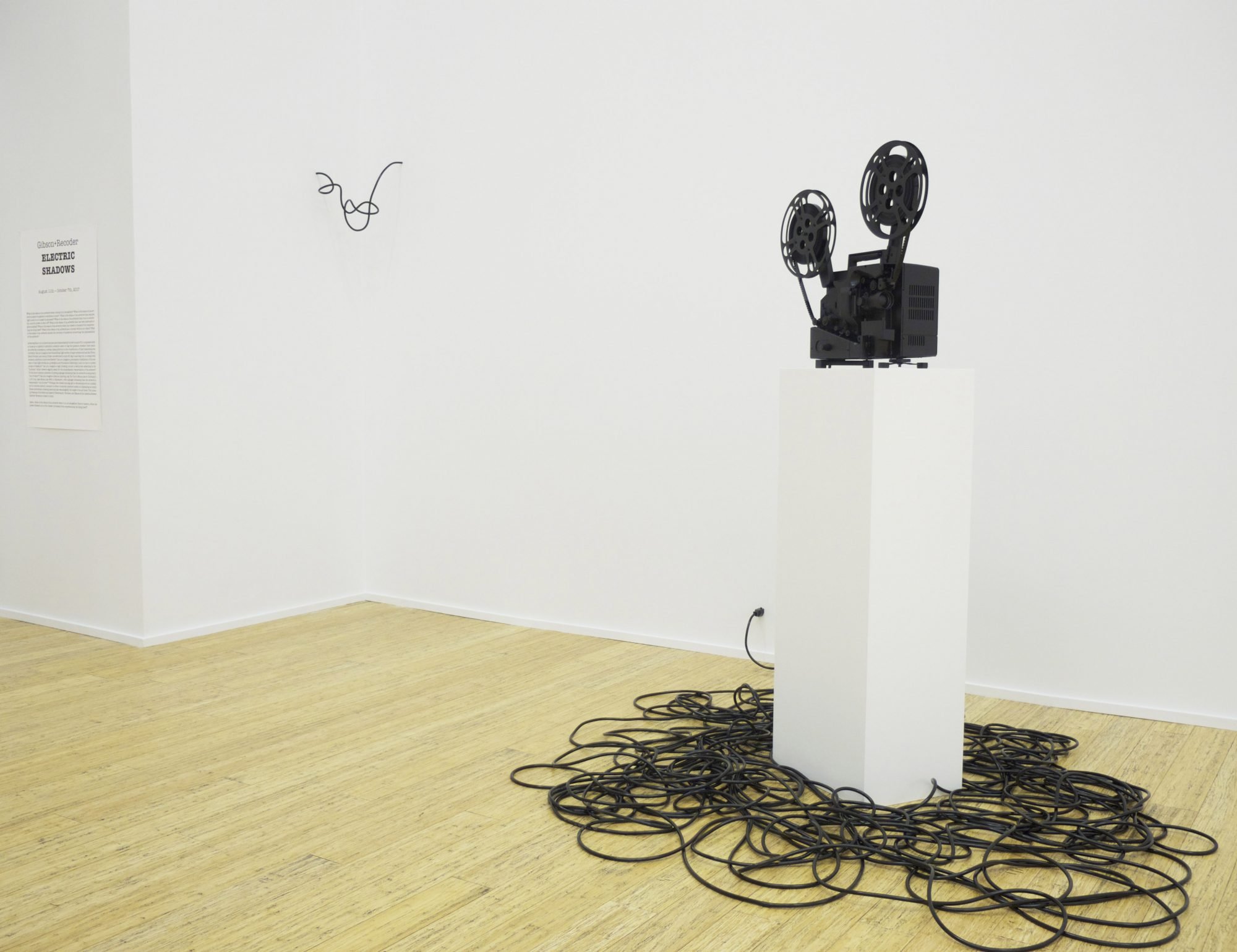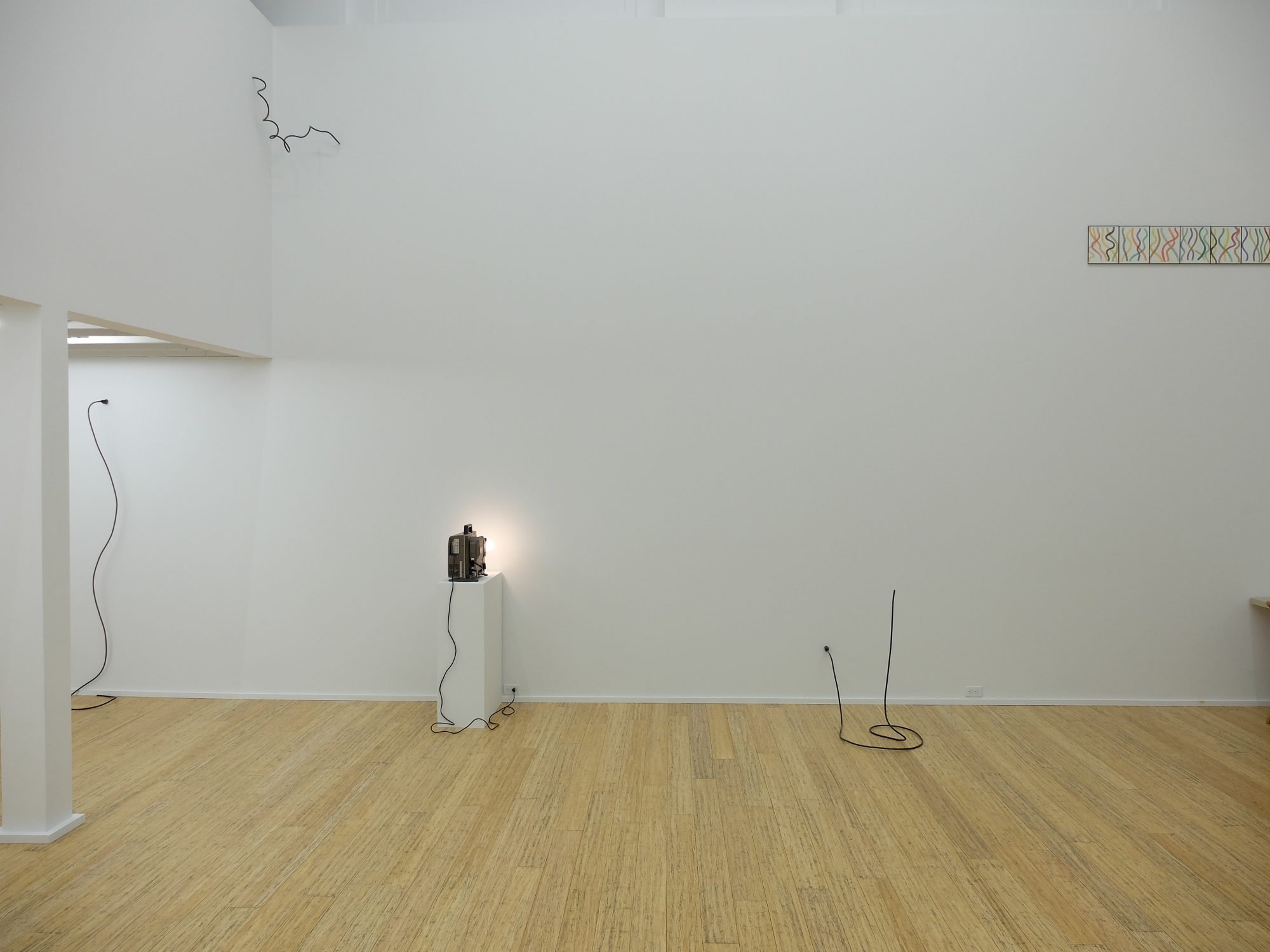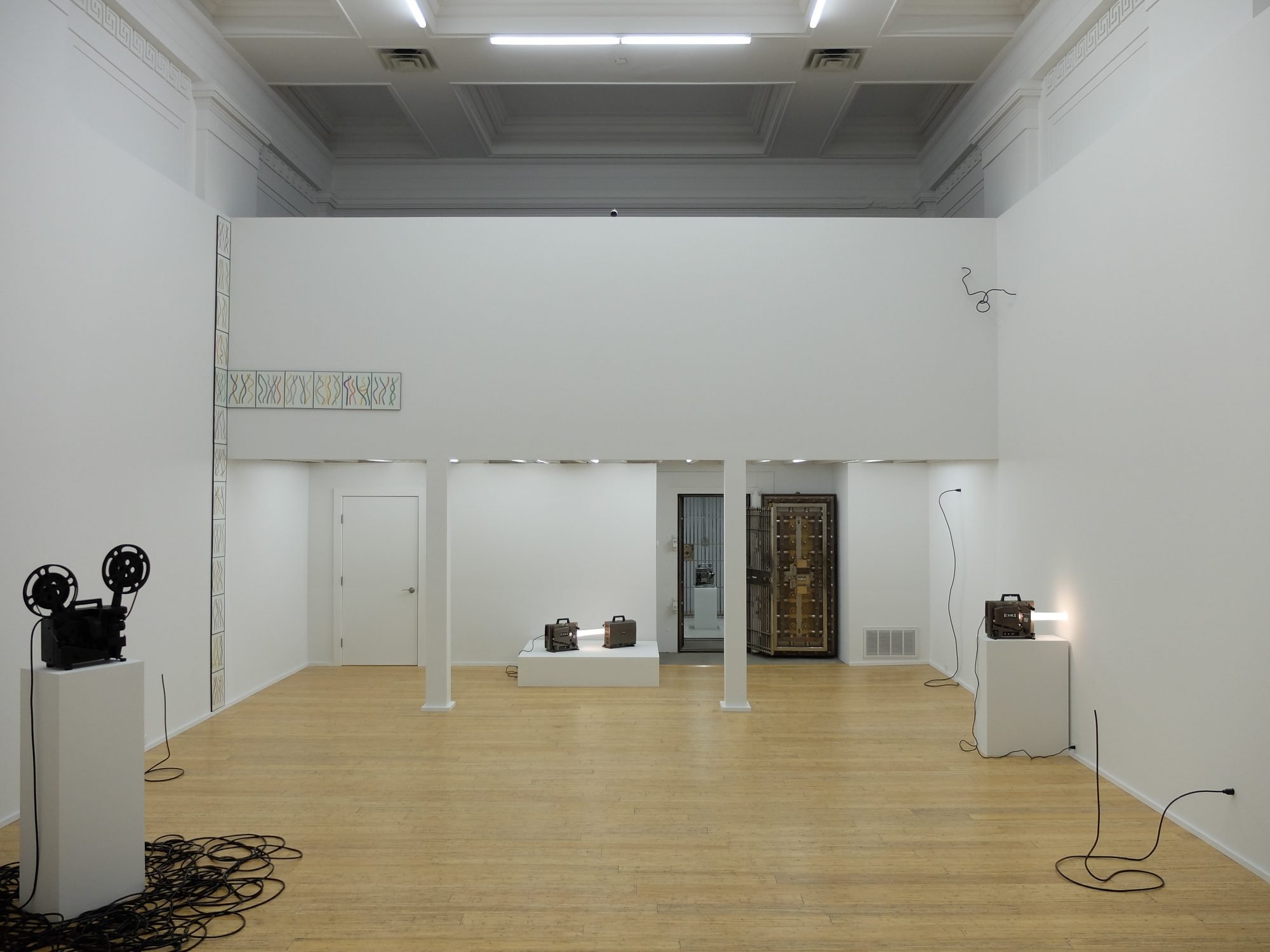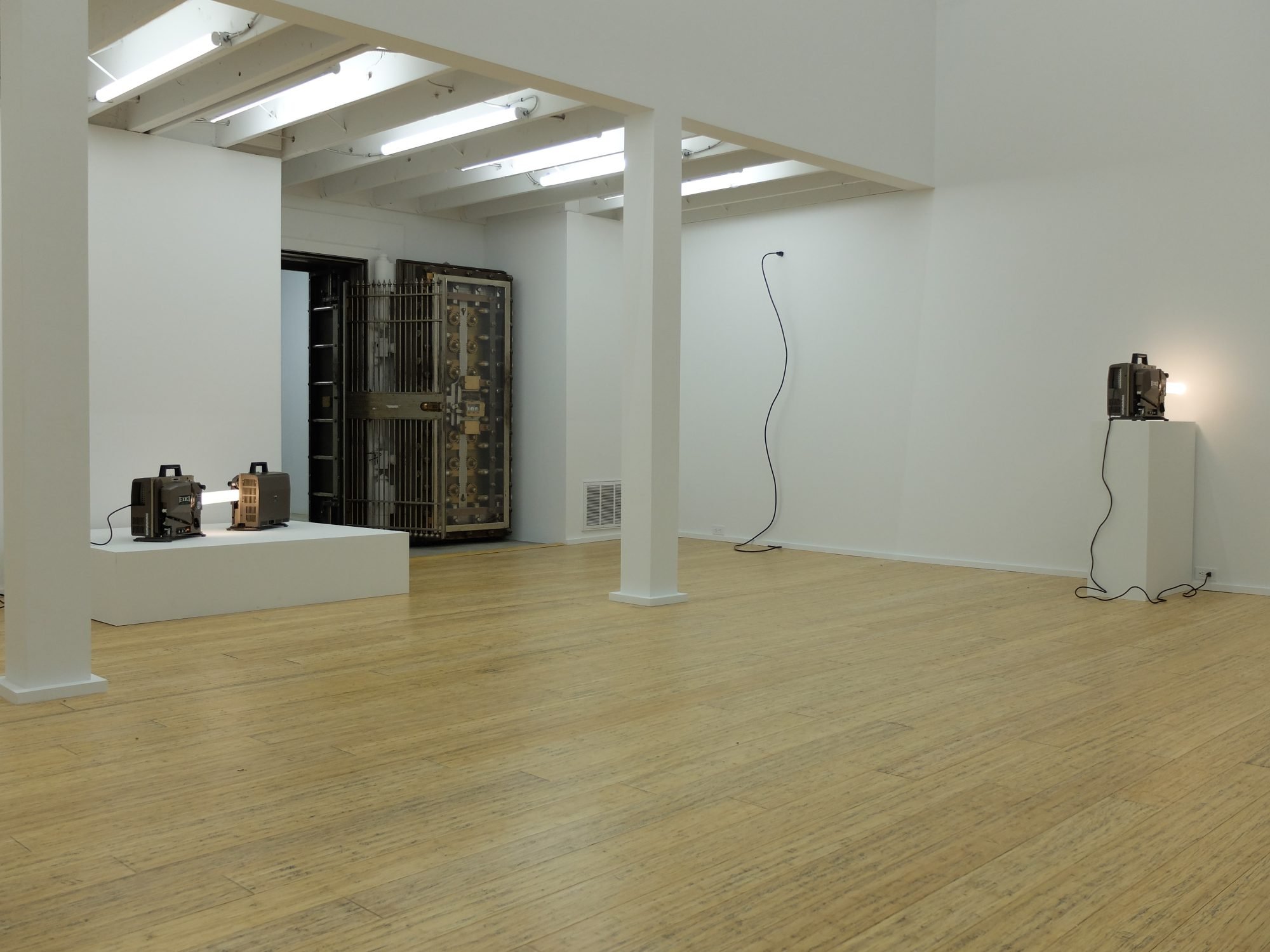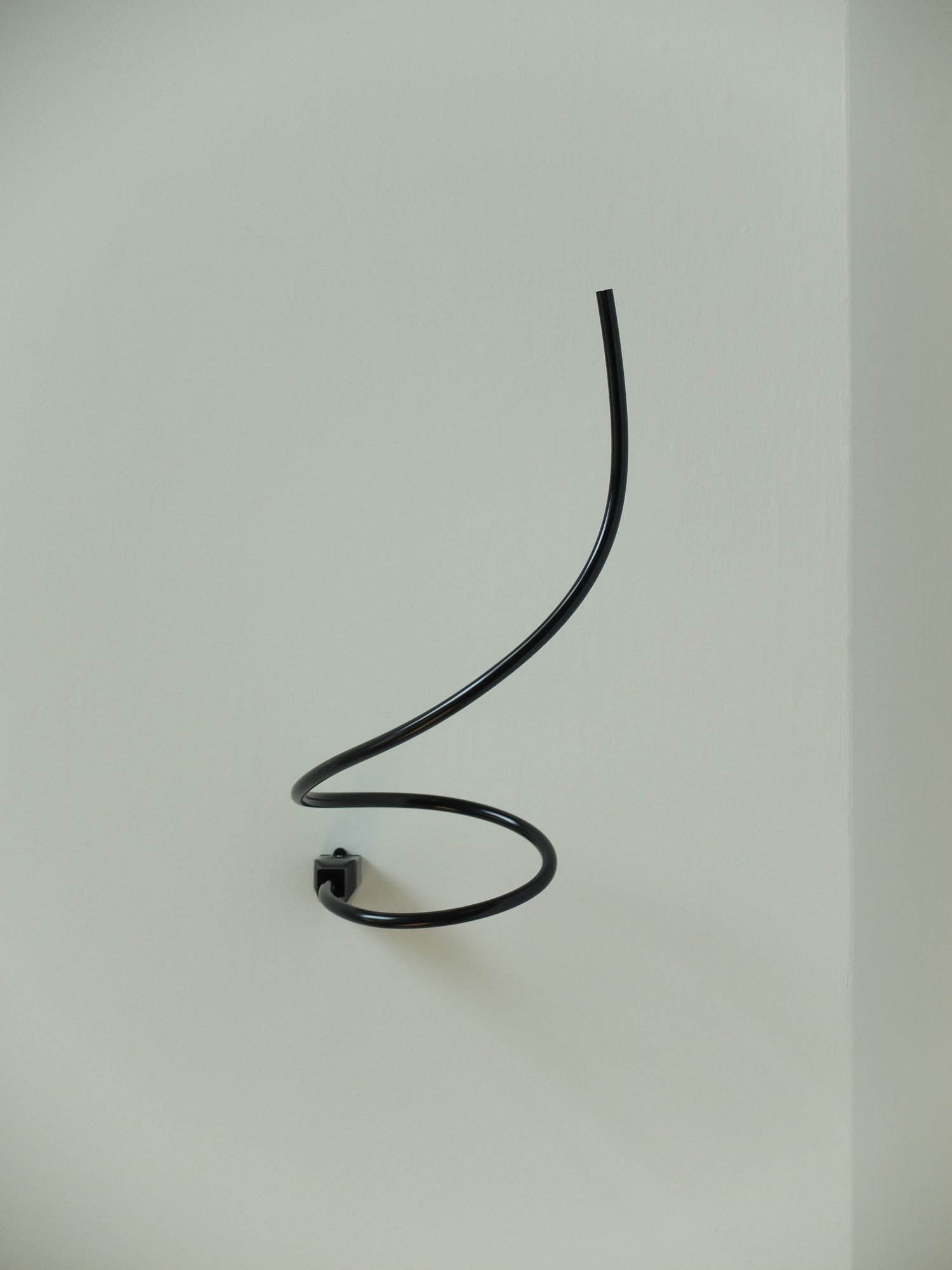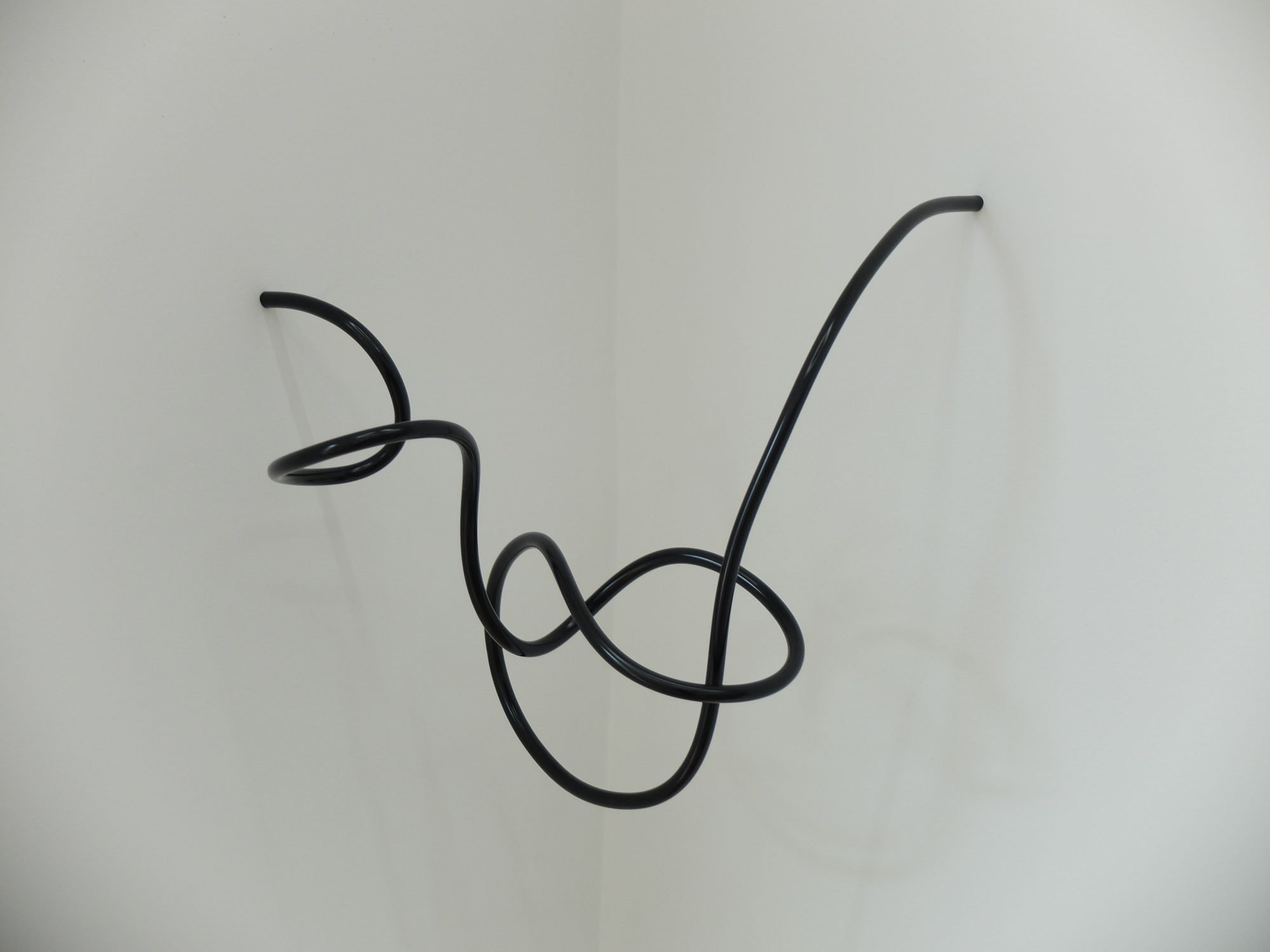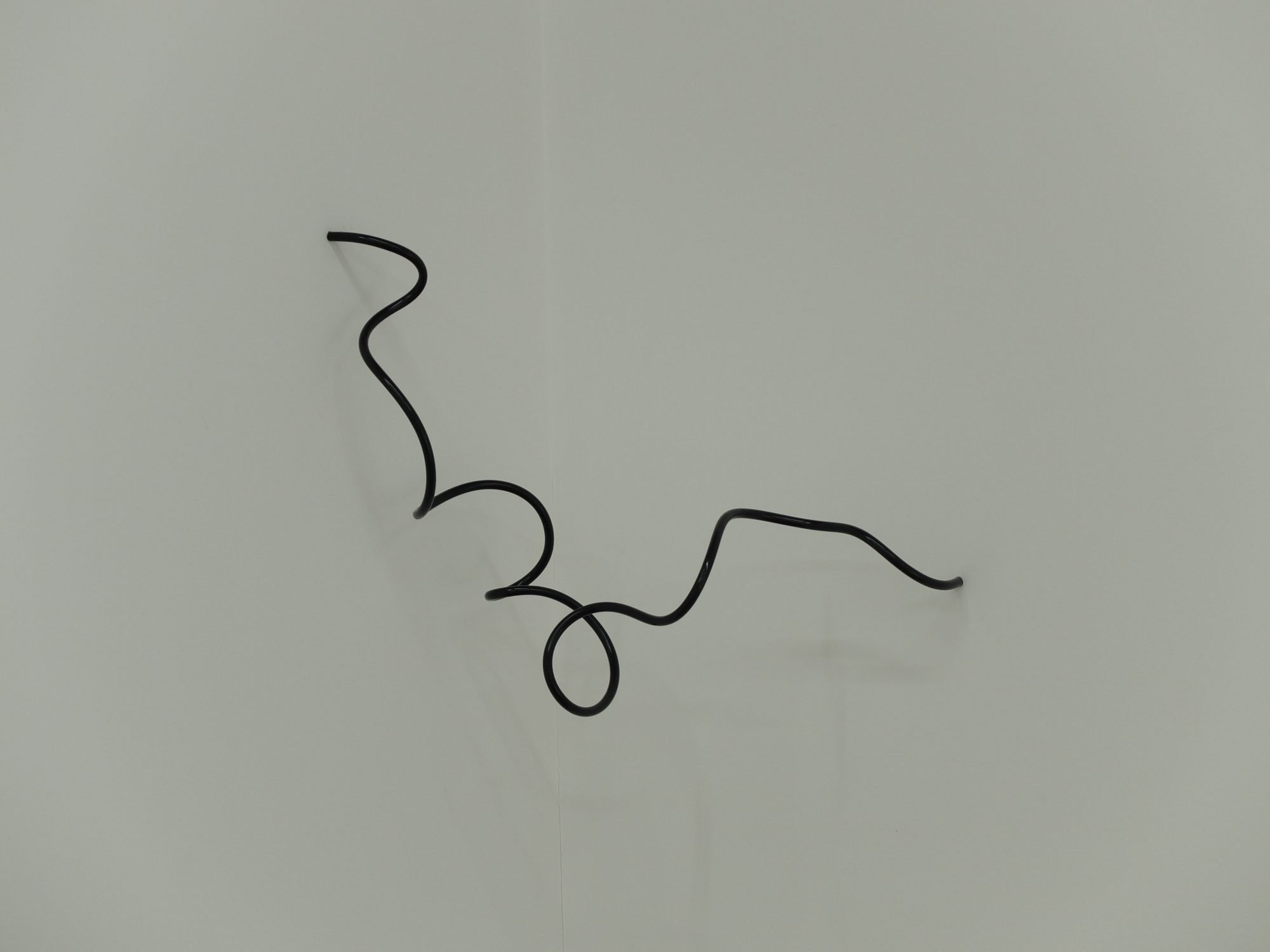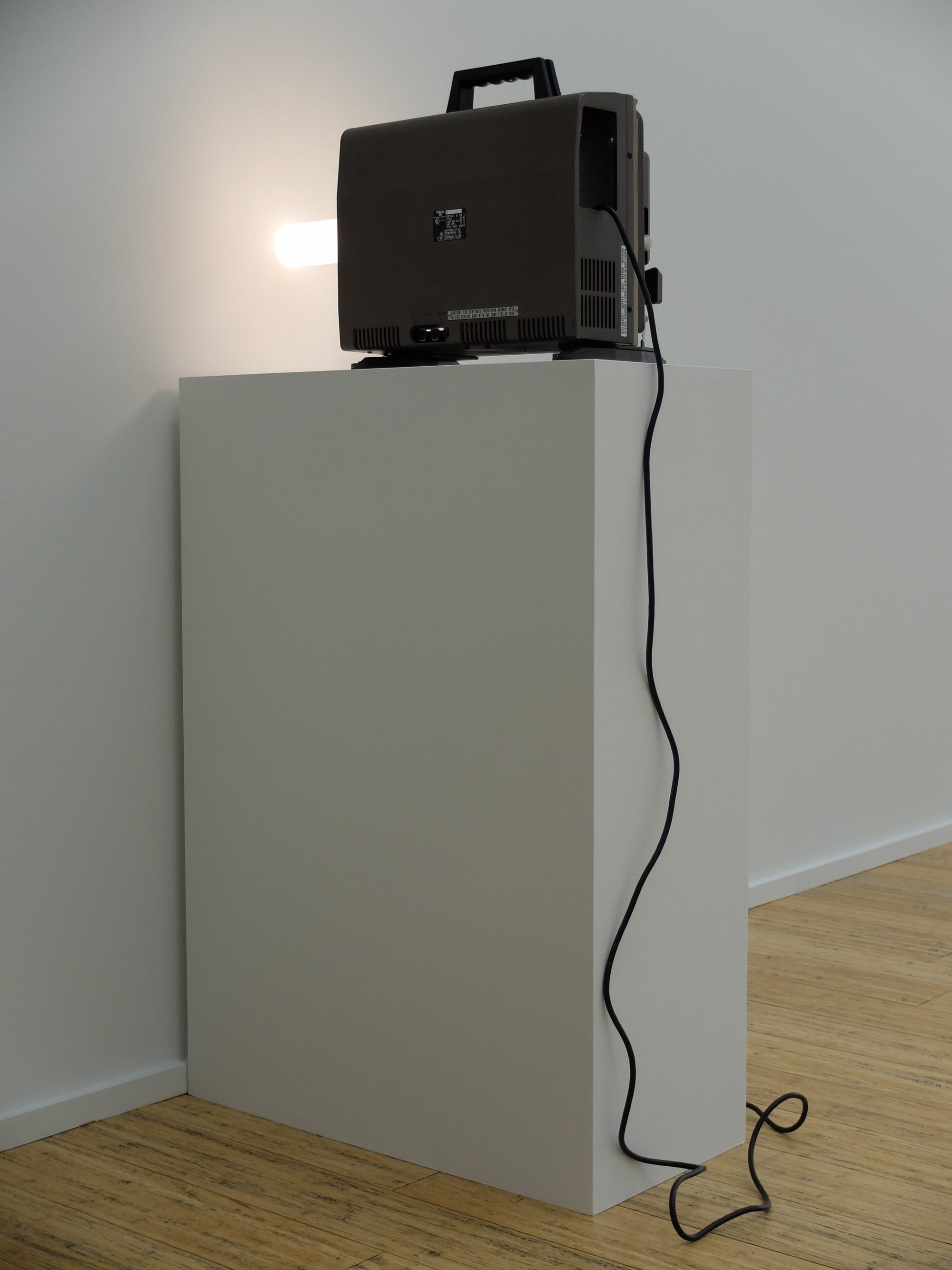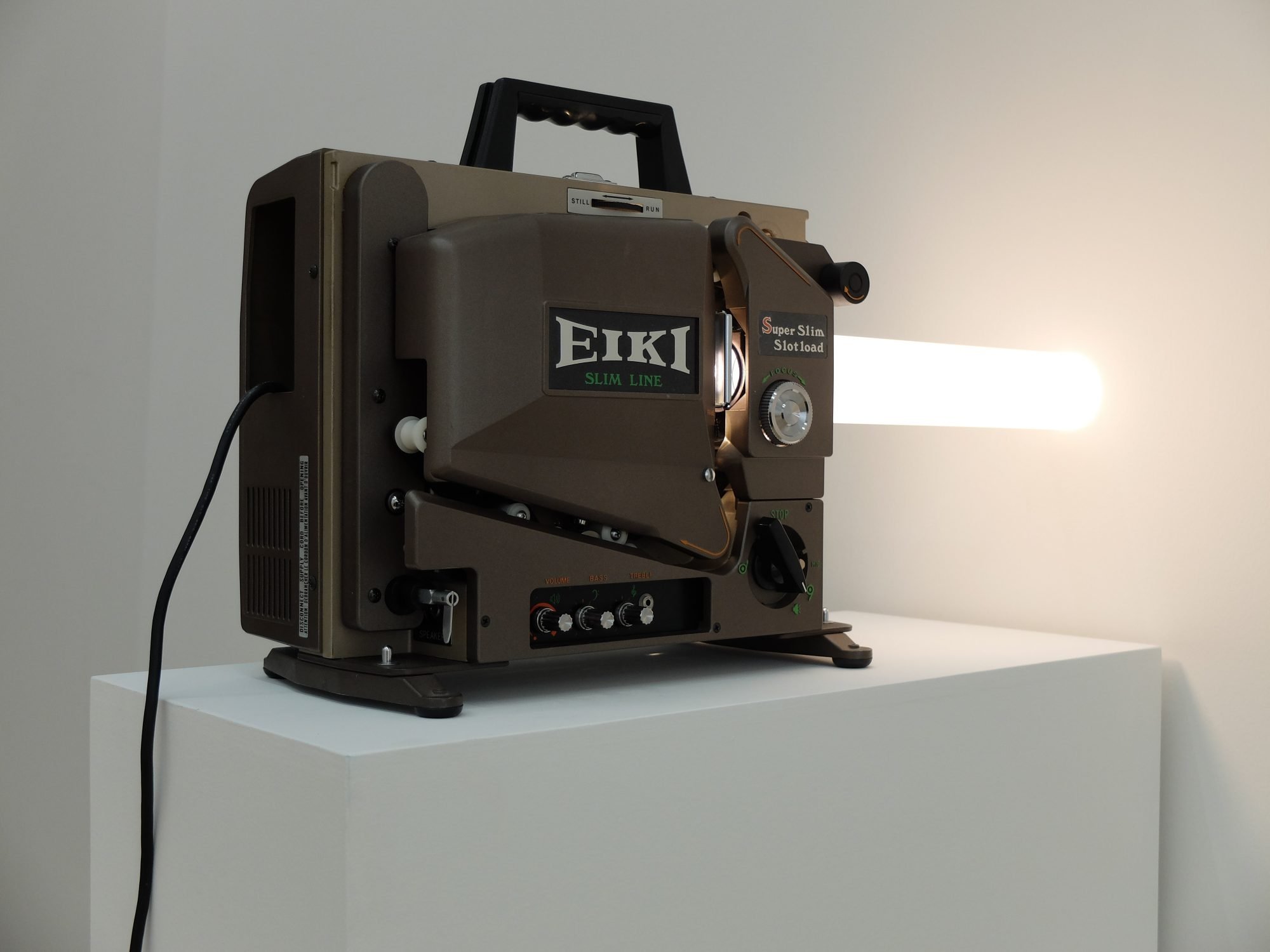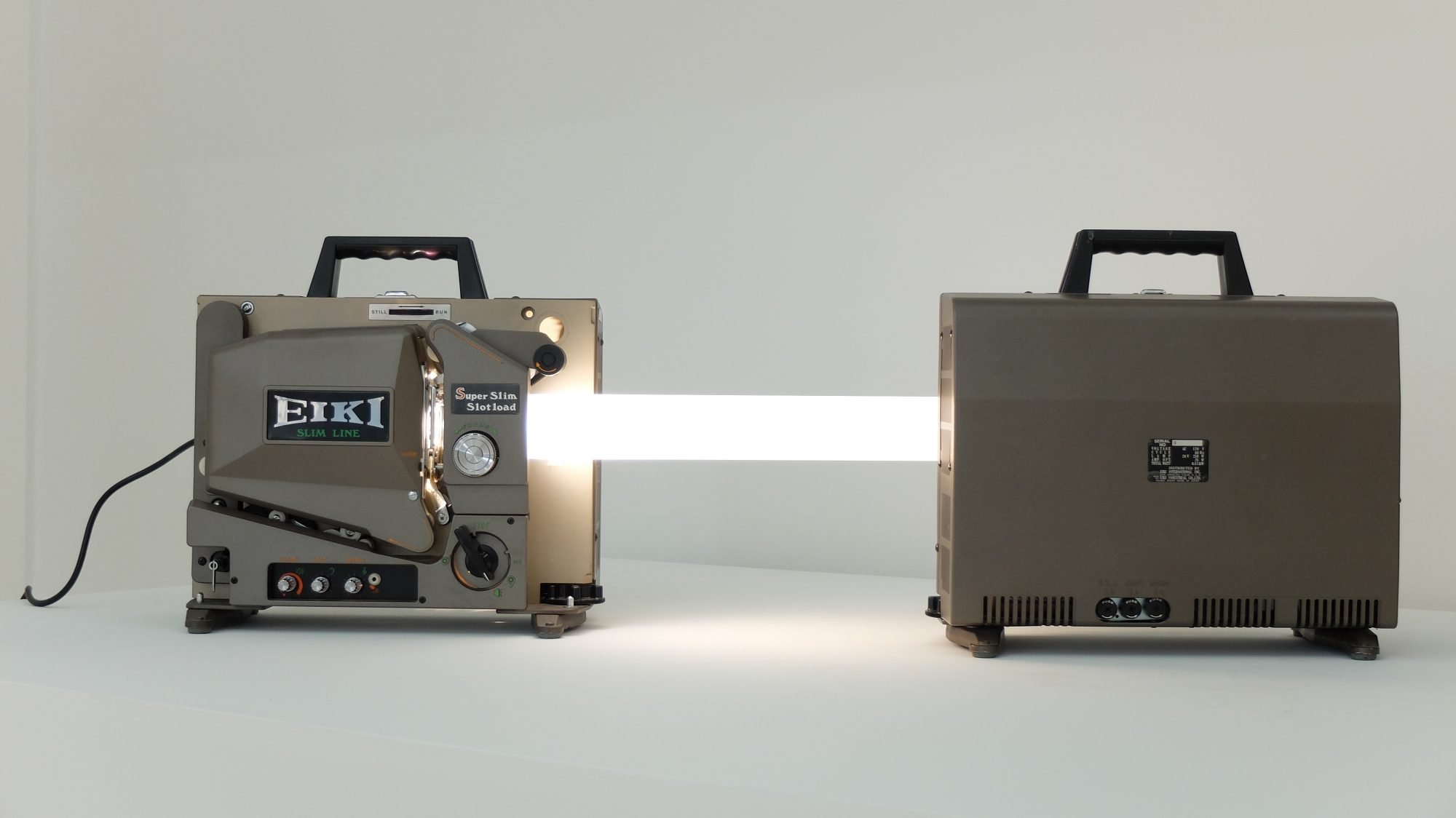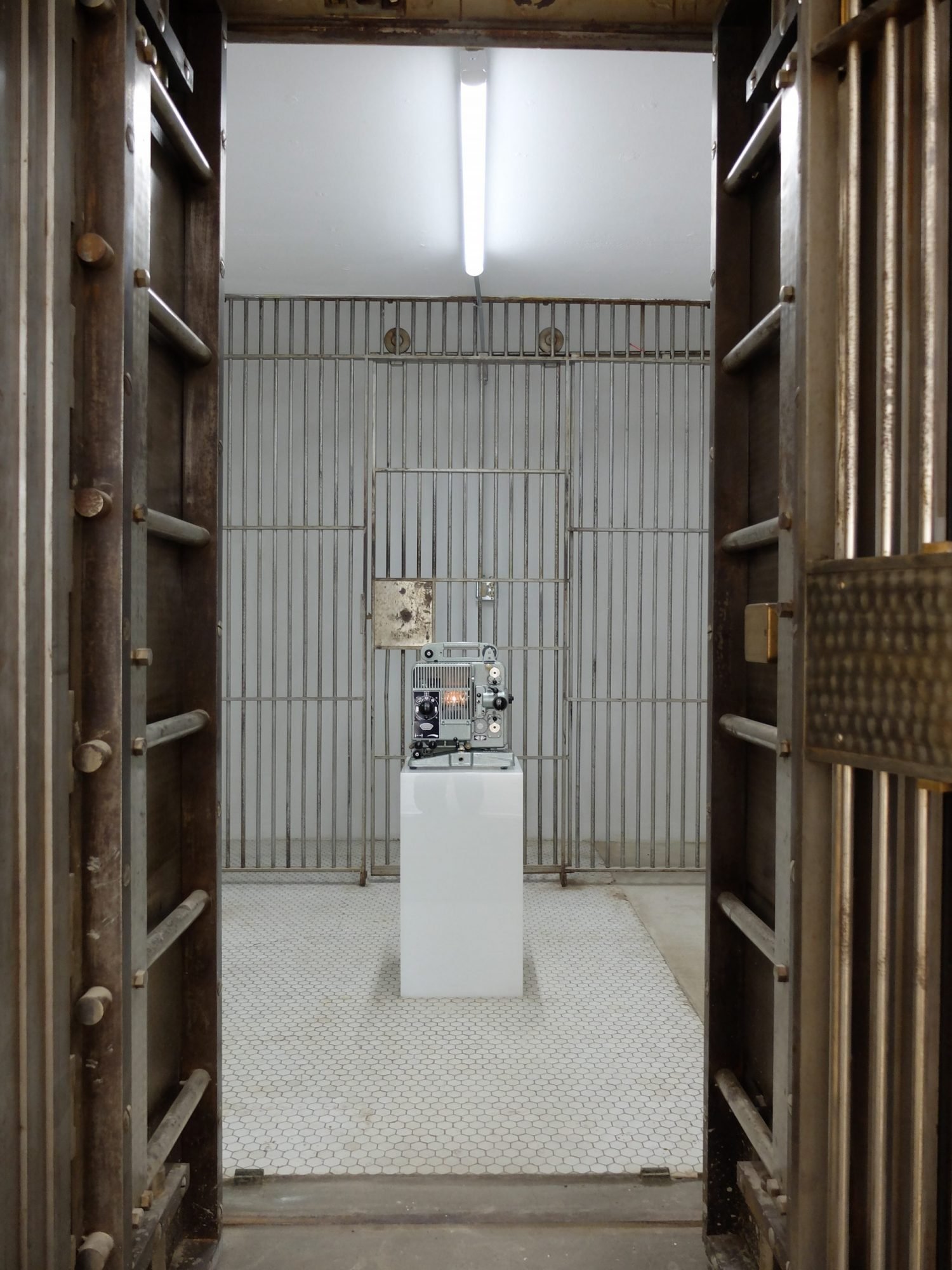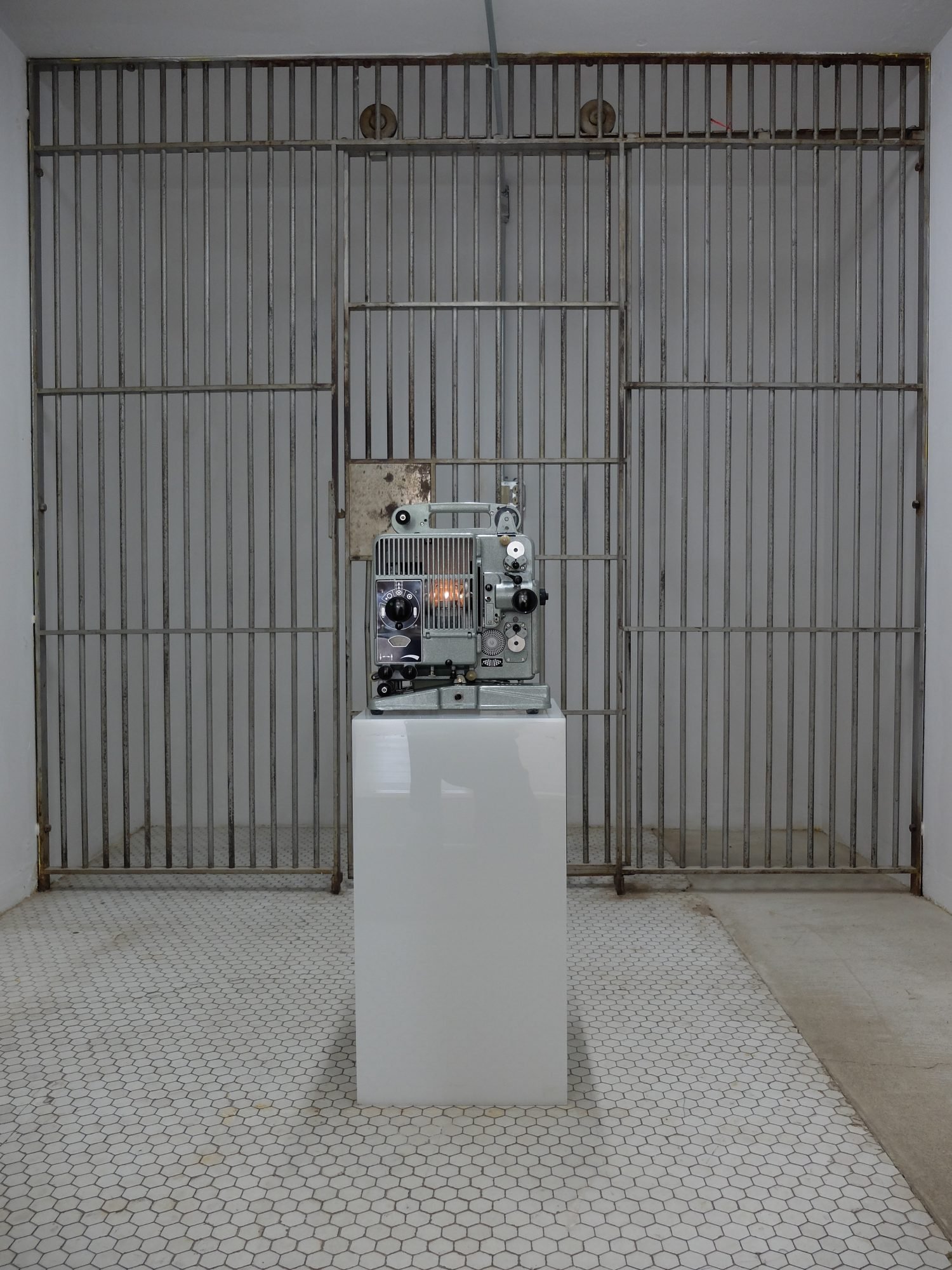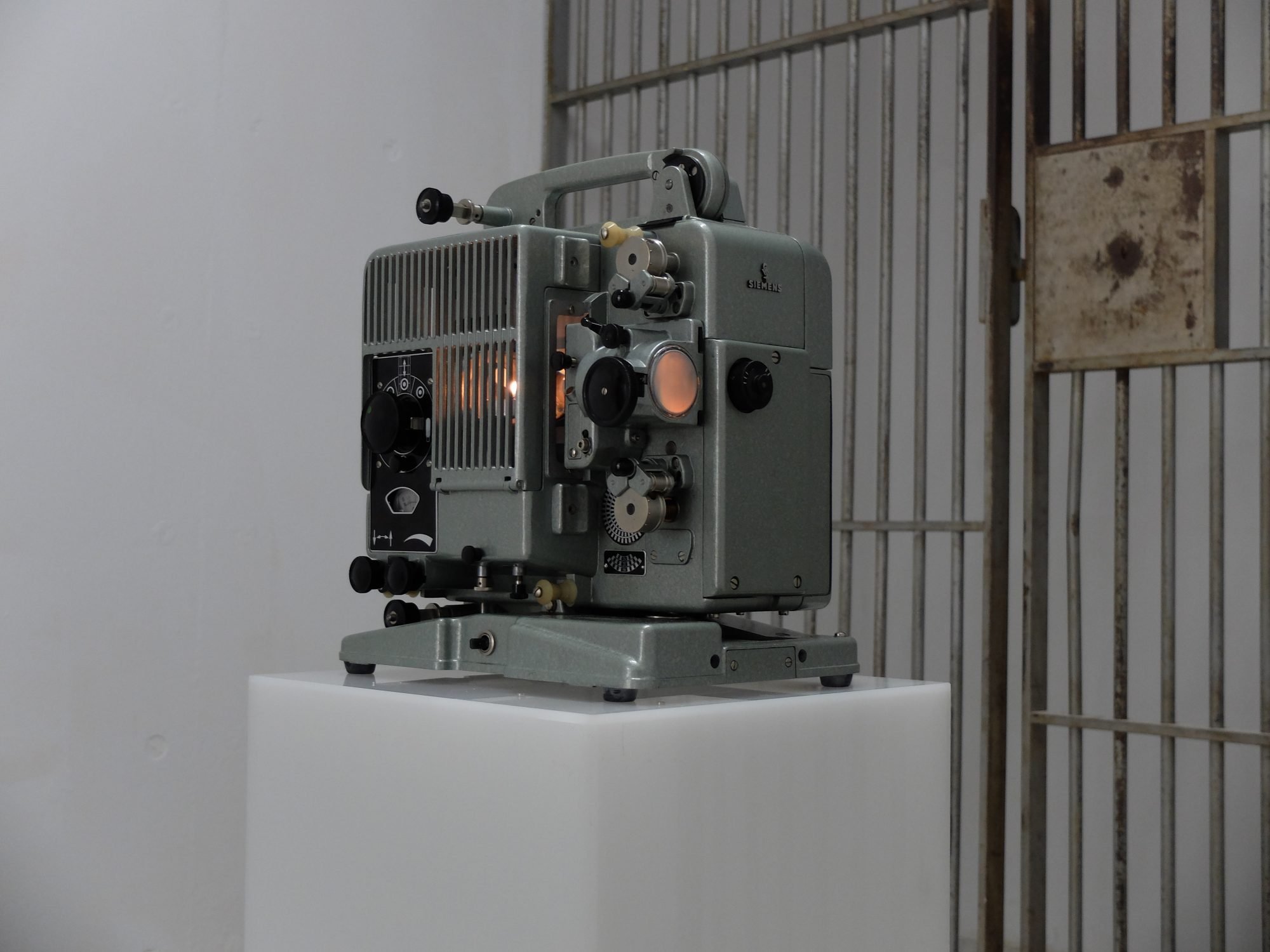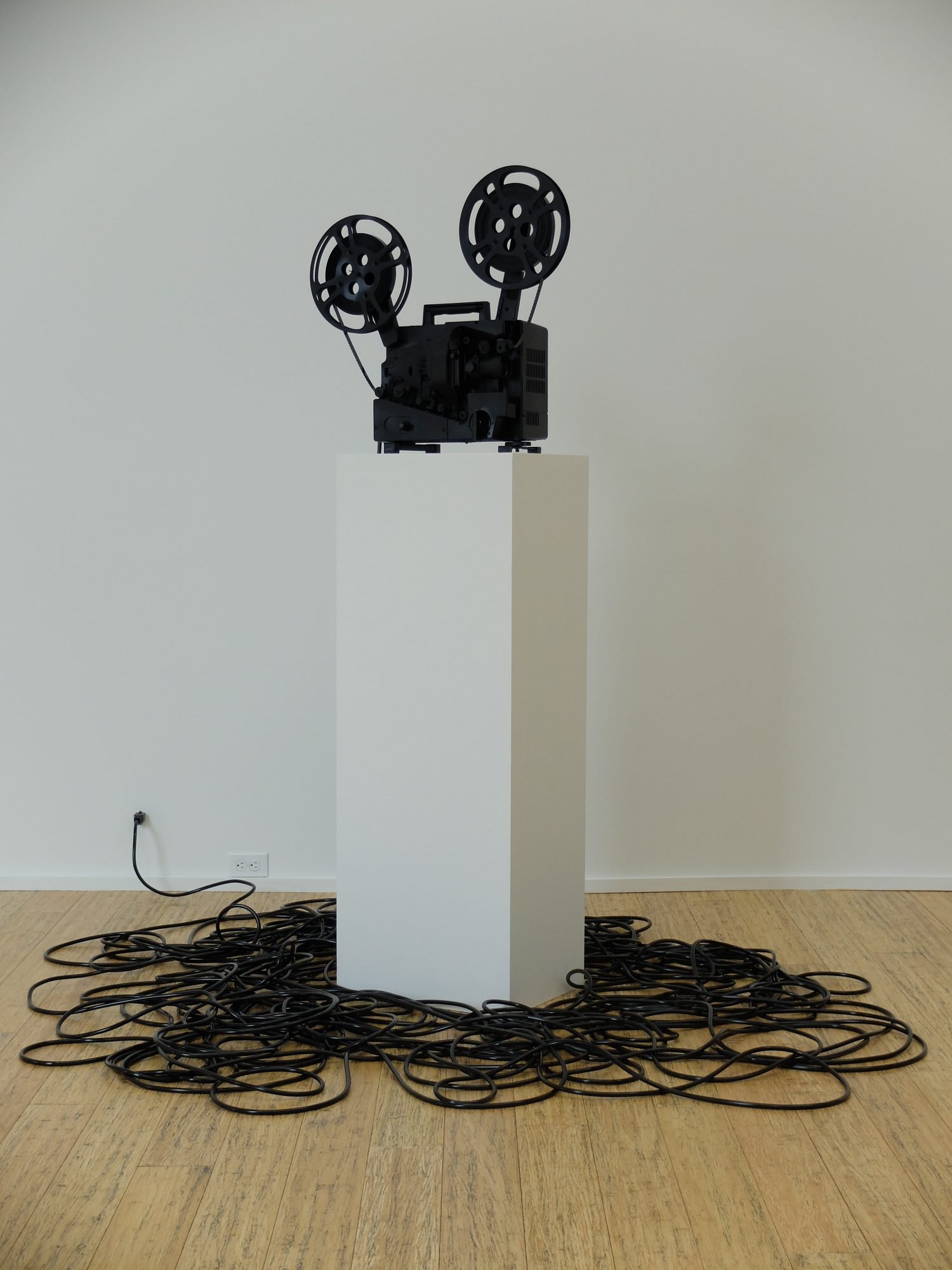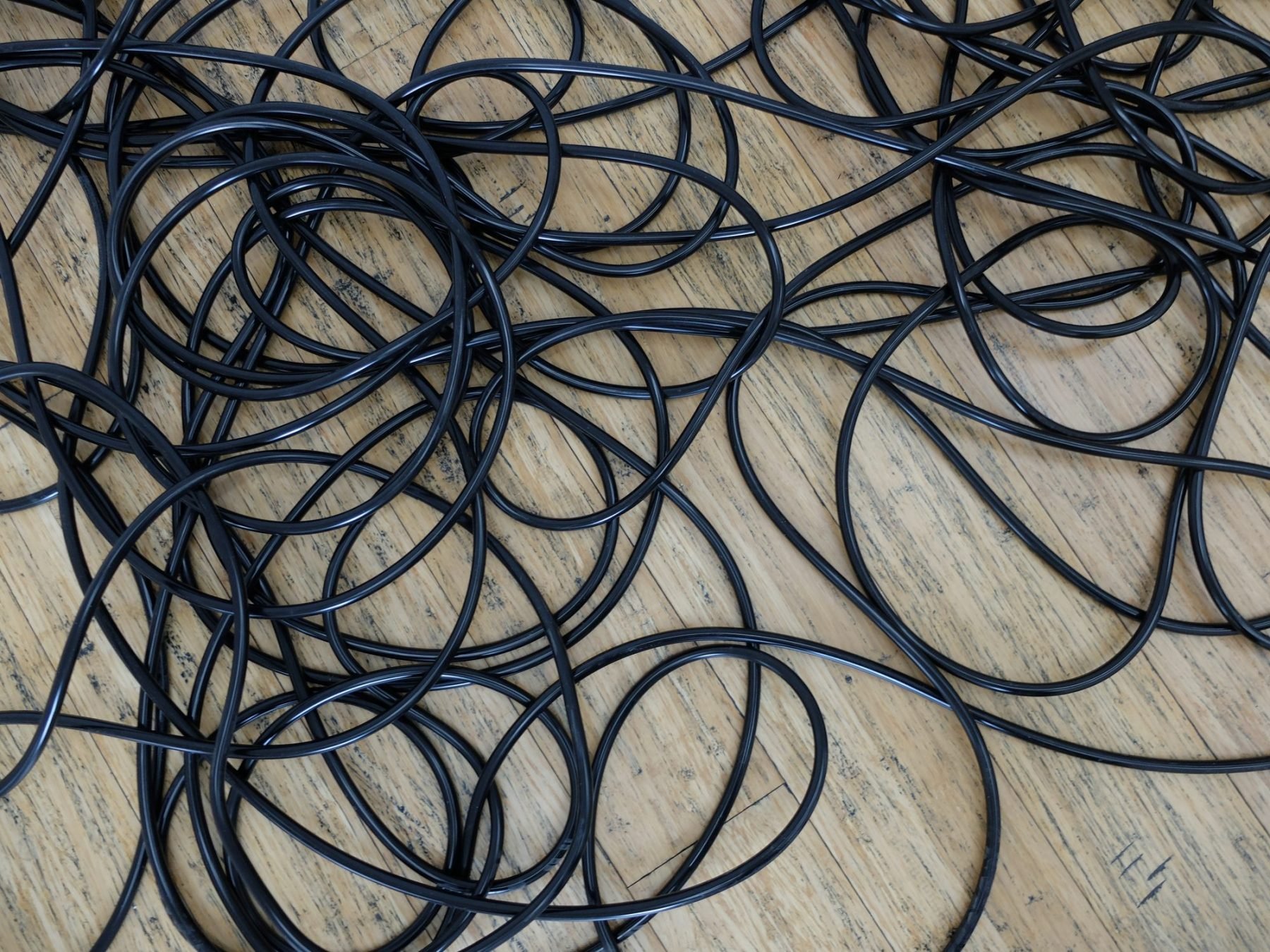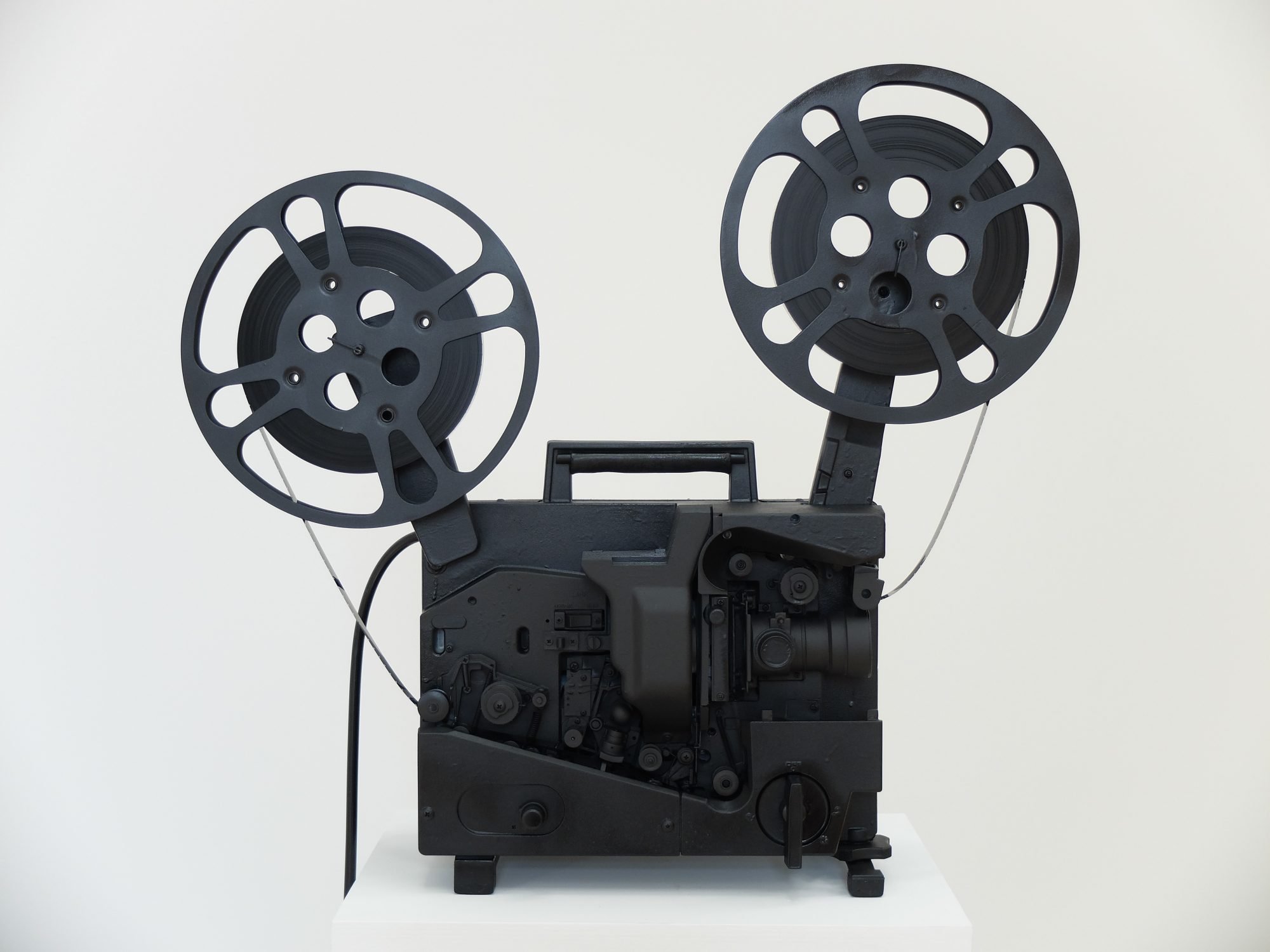Gibson + Recoder
ELECTRIC SHADOWS
August 11th - October 7th, 2017
What is the status of an artwork when nobody is in the gallery? What is the status of an artwork outside the gallery’s exhibition hours? What is the status of an artwork that requires light once it is no longer illuminated? What is the status of an artwork that runs on electricity once the power is shut off? What is the status of an artwork that has been destroyed or gone missing? What is the status of an artwork when the viewer is blocked from experiencing the thing itself? What is the status of an artwork as a concept without an object? What is the status of an artwork amidst the scrutiny of questions concerning the inaccessibility of the artwork?
Artworks that run on electricity and are intermittently turned on and off in compliance with a museum or gallery’s exhibition schedule seem to beg the question whether their status as artworks undergoes a certain disequilibrium in the constitution of their spatiotemporal currency. Can you imagine that the artificial light works of major artists such as Dan Flavin, Keith Sonnier, and Jenny Holzer are switched on and off, day in and day out, to comply with museum exhibition hours worldwide? Can you imagine a permanent installation of fluorescent or neon light works at a prestigious art foundation flickering in and out due to a power surge or blackout? Can you imagine a light blowing out and a technician attending to the “problem” while viewers eagerly await for the incandescent resuscitation of the artwork? Or the more common practice of posting signage indicating that the artwork is temporarily “out of order”? Can you imagine a famous painting, say Da Vinci’s Mona Lisa or Duchamp’s L.H.O.O.Q. (aka Mona Lisa With A Mustache), with signage indicating that the artwork is temporarily “out of order”? Perhaps the closest one may get to witnessing such an unlikely, not to mention absurd, scenario is when curatorial practice insists on displaying an empty frame indicating a missing painting that was allegedly the target of an art heist. The uncanny framing of invisible canvases by Rembrandt, Vermeer, and Manet at the Isabella Stewart Gardner Museum comes to mind.
Again, what is the status of an artwork when it is not altogether there or absent, when the power flickers out or the viewer is blocked from experiencing the thing itself?
Sandra Gibson and Luis Recoder live and work in New York. Their work has been exhibited internationally at the Whitney Museum of American Art, Madison Square Park Conservancy, The Kitchen, Performa, Memorial Art Gallery, REDCAT, Young Projects Gallery, Exploratorium, Berkeley Art Museum and Pacific Film Archive, Ballroom Marfa, Robischon Gallery, Sundance Film Festival, Tate Modern, Viennale, 21er Haus, HMKV, Museum Kunstpalast, EYE Film Museum, TENT, BOZAR, M HKA, STUK, Atelier Impopulaire, CCCB, Museu do Chiado, Solar Galeria de Arte Cinemática, and the Serralves Foundation.
